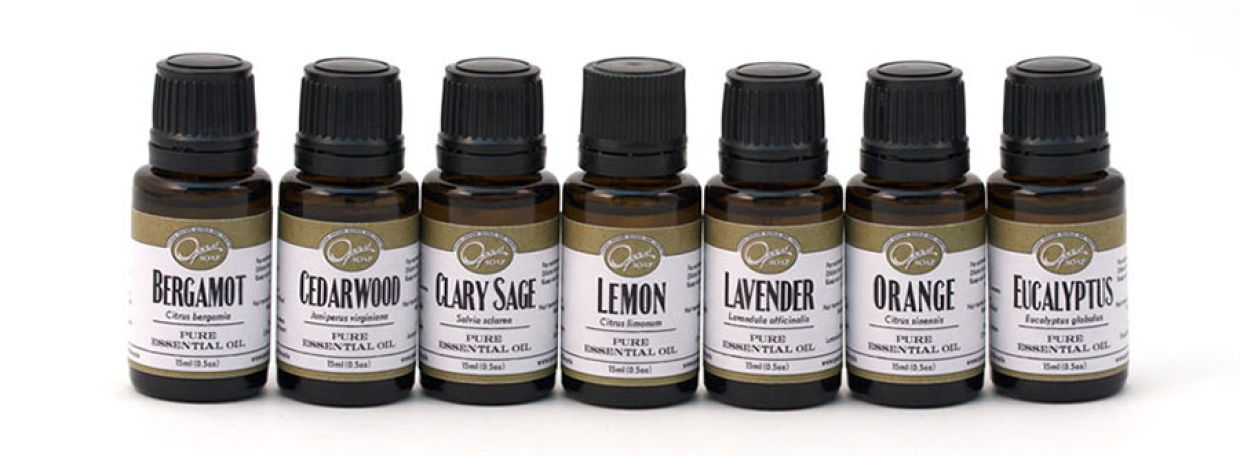How to use Essential Oil

Here are seven ways to use essential oils
1. Inhalations
You may use essential oils using a inhalation therapy. This use consists of using a essential oil diffuser, essential oil burner, or dropping essential oils into hot water for inhalation and or hot compress. This inhalation therapy is best used for headaches, sinus, or respiratory.2. Baths
Please take caution when using essential oils as they are in their most potent form and too much inhalation of concentrated essential oils can result in headaches, lethargy, or vertigo. Make sure to start off with 5 drops of essential oil and increase amount with personal tolerance.
Essential oils may be used in baths, the standard dose is 5-10 drops of a mild essential oil per bath. Drop essential oil into bath before entering. Essential oils may be premixed with 1/4 cup of a favorite oil like; jojoba oil and olive oil. You may also use milk or goats milk in your bath to experience a deeper moisturizing effect. After essential oil and carrier oil are mixed together you can then add it to your bath water.
Bathing with essential oils can add aromatic qualities also giving an inhalation effect but are excellent for circulatory problems, respiratory problems, stress, nervousness, tension, skin problems, menstrual and muscular pains.
3. Compresses
Compresses can be added directly to the ailment for example; bruises, muscular pains and aches, wounds, skin problems, and dysmenorrhea. 5-10 drops may be added to hot water. Soak cloth in hot water and wrap the appropriate area.
4. Facial steam
Facial steam is excellent for acne and face treatments, opening up the sinuses, and headaches. Add 1-5 drops to a hot pot of water, cover head with a towel and steam your face.
5. Direct Inhalation
Direct inhalation can be exercised by opening up your bottle of essential oil and simply take 1-3 inhalations. Or drop 1-2 drops of essential oils into the palms of your hand, gently rub hands together, and take a deep inhalation.
6. Massage
Because essential oil is more concentrated than the actual plant it is extracted from, dilute essentials oils at the rate of 2%-10% into a carrier oil. Recommended dilution rate for adults is 2.5% and children 1%. For 2.5 % add 15 drops of essential oil to 1 oz of carrier oil. Always test massage oil on a small area of skin to detect sensitivities or allergic reactions before applying onto the full body. For child ratio: per ounce of carrier oil add 6 drops of essential oil.
7. Aromatherapy Diffusers, Candle Diffusers, and Essential Oil Burners
Aromatherapy Diffusers are a appropriate way of diffusing essential oils in the home, office, and professional environment. The current available aromatherapy diffusers on the market today diffuse essential oils with water or using a air pump.
Candle diffusers may also be used to diffuse essential oil. This method involves water being added to the bowl portion at the top of the diffuser and a tea-light candle at the bottom. The candle warms up the essential oil and diffuses the aromatic portion of the oil into the air.
Do not add direct heat to essential oils, oils should always be diluted with water or carrier oil. There are also cool air nebulizers and electric heat diffusers. Each method of diffusing should be researched to indicate the best solution for your setting.
The Absorption and Effects of Essential Oils
Glandular
Essential oils probably exert their most powerful and direct pharmacological effects systemically via the blood supply to the brain. They also have an indirect effect via the olfactory nerve pathways into the brain. Essential oil fragrances are absorbed through blood circulation and nerve pathways from the sinuses into the central glands of the brain, which control emotional, neurological, and immunological functions.
Skin
Essential oils are absorbed in minute quantities through the skin, depending on the oil, dilution, and application (carrier oil, compress, etc). Many of the indications for specific oils include various skin conditions.
Respiratory
Essential oils are inhaled during treatment, which have a direct effect of the sinuses, throat, and lungs. Many essential oils are specific medicines for respiratory conditions.
Circulation
Many essential oils have beneficial effects on circulatory problems, both through dermal and respiratory absorption. These oils enhance the circulation stimulating effects of massage.
What You Need To Know About Purchasing Essential Oils
Purity:
Essential oils should be pure in their original distilled form. Essential oils should NOT be adulterated, contaminated, extended, reconstituted, synthetic or contain any pesticides.
Essential oils should be Wild-harvested, Wild-crafted, Organic or grown without Pesticides.
Toxicology and Safety
- Do not use essential oils internally.
- Do not apply directly to skin; always dilute with carrier oil.
- Keep out of reach of children.
- Avoid contact with eyes and mucous membranes.
- Do not use citrus oils before exposure to UV light.
- Use only pure essential oils; avoid synthetic fragrances.
- Do not use pure essential oils on infants, children, pregnant women, the elderly, or those with serious health problems, without research or medical advice and study.
- Avoid prolonged exposure without ventilation.
- Store essential oils and carrier oils properly to avoid degradation and rancidity.
- Essential oils may be used internally when prescribed by a licensed physician.
- Essential oils should always be diluted before applying to the skin but there are two exceptions. Lavender and Tea Tree in minor emergency cases may be added to the skin undiluted. Lavender may be used for burns, wounds, bites, and stings. Tea Tree may also be added to infections, rashes, and skin eruptions.
Identifying skin reactions
All of our skin is different from one person to another, always apply a small area on your skin of whatever you might be testing before adding to the entire body. Fair skin might be more sensitive to essential oils. Skin reactions can come in the form of sensitization, photo toxicity, and irritation. If you experience any of these, cease use immediately.











